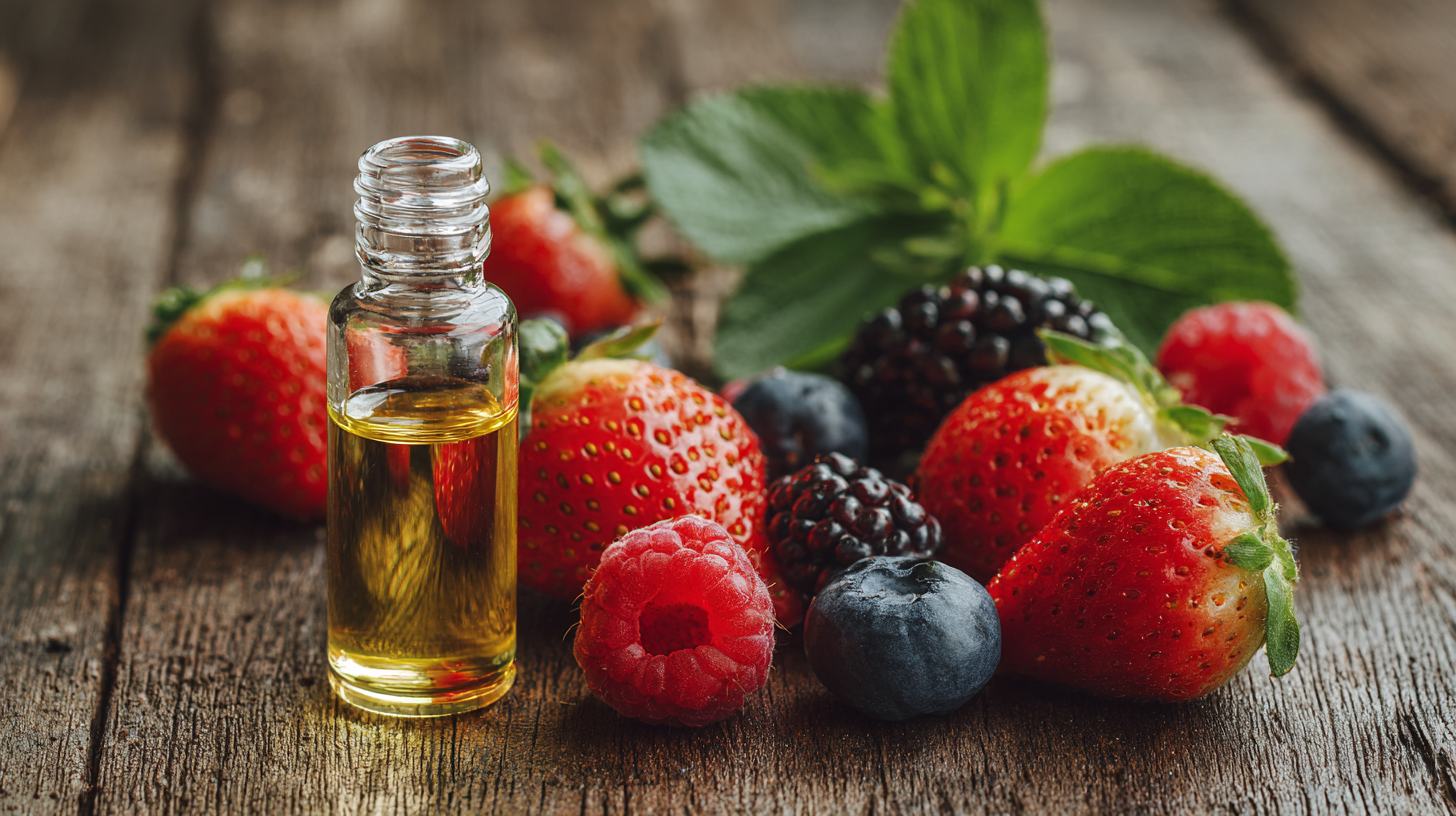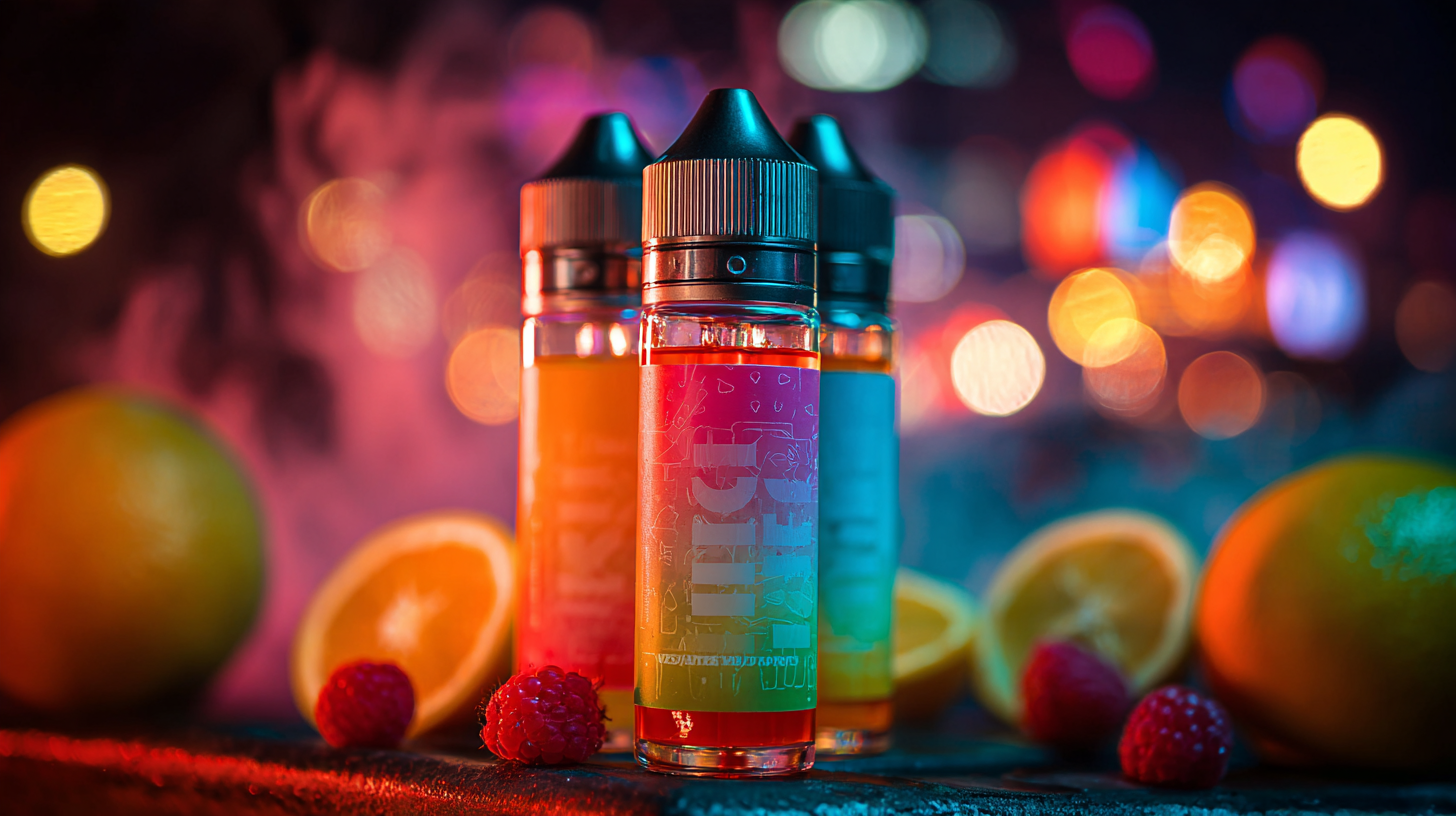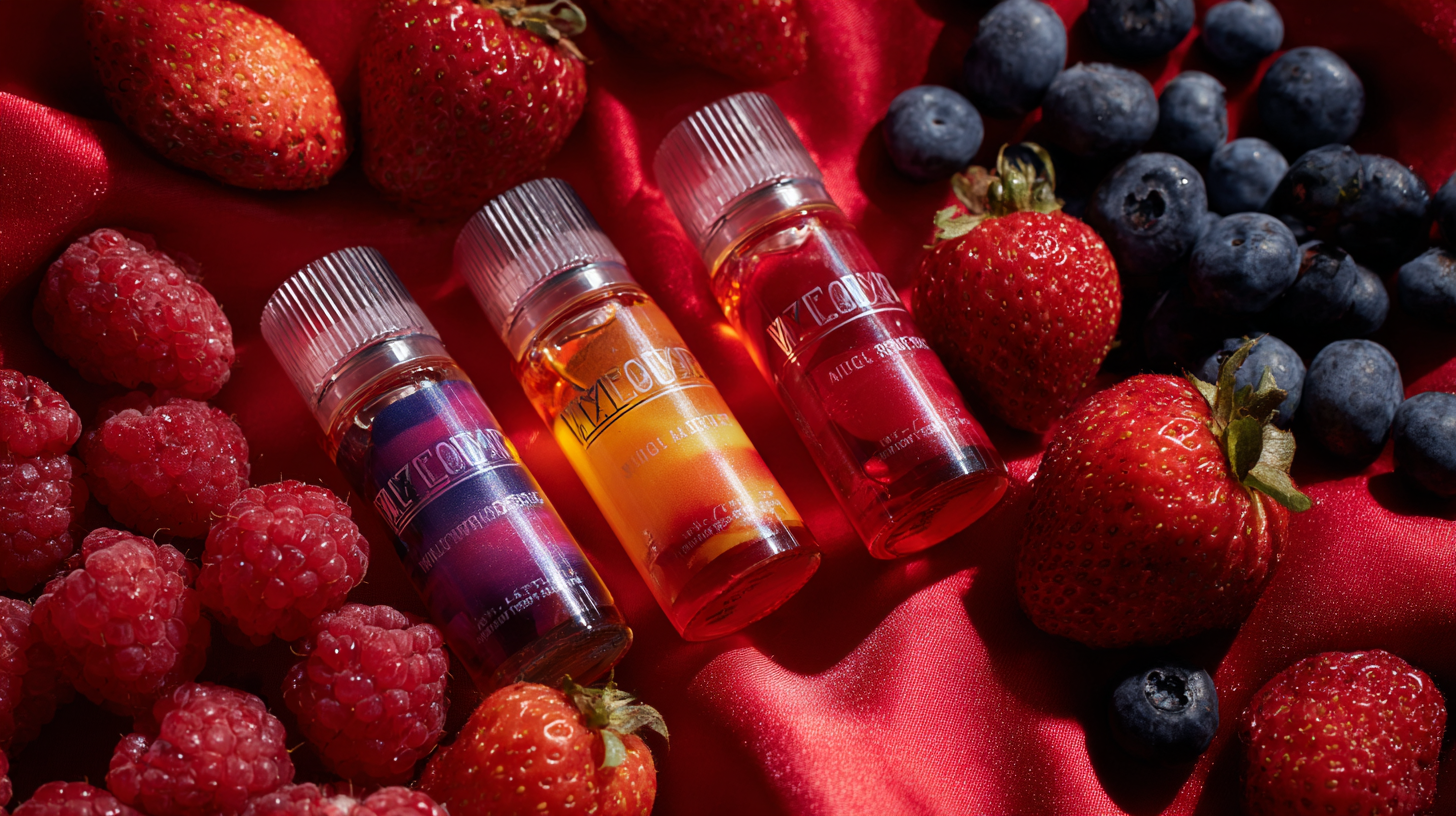The global market for Fruit E-Liquid has surged, with the vaping industry generating over $12 billion in revenue worldwide in recent years, reflecting a growing preference among consumers for diverse and flavorful alternatives to traditional tobacco products. As buyers navigate the complexities of sourcing the best Fruit E-Liquid, they encounter a myriad of challenges, including varying product quality, authenticity concerns, and regulatory compliance across different regions. According to industry reports, more than 50% of consumers prioritize flavor selection, driving manufacturers to innovate and diversify their offerings. However, with a plethora of options available, finding the ideal Fruit E-Liquid that meets both taste preferences and safety standards becomes increasingly daunting. This blog will explore the characteristics and applications of different types of Fruit E-Liquid, while also providing a strategic approach on how to effectively source high-quality products in a competitive market.

In today's global market, sourcing authentic fruit e-liquids presents unique challenges for buyers. One of the most significant hurdles is identifying trustworthy suppliers who can guarantee the quality and safety of their products. Many suppliers may claim to offer genuine fruit e-liquids, but without proper verification, the risk of sourcing counterfeit products remains high.
To navigate this complex landscape, buyers should take proactive measures. First, conducting thorough background checks on potential suppliers is essential. This includes reviewing their track records, certifications, and customer feedback. Secondly, leveraging technology is crucial; utilizing artificial intelligence (AI) tools can aid in identifying discrepancies in product quality and authenticity. AI-driven predictive models can help detect any potential issues related to food adulteration and spoilage, thus ensuring that only safe and authentic products reach consumers.
Lastly, establishing strong communication channels with suppliers can lead to a more reliable partnership. By requesting samples and analyzing their composition, buyers can gain further assurance of a supplier's integrity. Emphasizing transparency in these partnerships will ultimately lead to a more successful sourcing experience for fruit e-liquids.
Navigating quality control standards when sourcing fruit e-liquids globally can be a daunting challenge for buyers. Each country has its own set of regulations governing the production and sale of vaping products, and these standards often vary significantly. For example, while some countries may enforce stringent safety tests and ingredient transparency, others may have minimal oversight, leading to potential risks for consumers and brand reputations alike. Buyers must stay informed about these regulations to ensure compliance and protect their investments.
Moreover, the alignment of quality assurance processes across different suppliers is critical. In regions where quality control might be less rigorous, buyers can be faced with inconsistencies in product quality and flavor integrity. This makes it essential for buyers to conduct thorough research and build relationships with reliable manufacturers who adhere to internationally recognized standards. Employing third-party testing can also help mitigate risks and ensure that the e-liquids not only meet the desired flavor quality but also comply with health and safety regulations across different markets.
This bar chart illustrates the various challenges buyers face when sourcing the best fruit e-liquid globally, highlighting the significant concerns such as quality assurance and regulatory compliance.
When sourcing the best fruit e-liquids globally, understanding regional flavor preferences and trends is crucial for buyers. A report from Research and Markets indicated that the global e-liquid market is projected to reach USD 26.83 billion by 2026, reflecting a compound annual growth rate (CAGR) of 20.8%. This impressive growth is largely driven by varying consumer tastes across different regions. For instance, North American consumers tend to gravitate toward fruity flavors like strawberry and watermelon, while those in Europe exhibit a preference for more exotic options such as mango and lychee.

Moreover, a study published in the Journal of Tobacco Control emphasized the significance of cultural influences on flavor preferences. In Asia, for example, consumers often favor sweet, dessert-like fruit flavors, influenced by local dessert traditions. Understanding these regional trends not only aids suppliers in catering to specific markets but also helps buyers in making informed sourcing decisions. Adaptation to these preferences is essential for brands aiming to thrive in the competitive e-liquid space, aligning their offerings with local tastes to maximize product appeal and sales success.
When sourcing fruit e-liquids on a global scale, buyers encounter significant logistical hurdles that can complicate the procurement process. One of the primary challenges is navigating the complexities of international shipping regulations, which vary considerably from country to country. Customs clearance can be a daunting task, especially when shipments face delays due to strict compliance checks on e-liquid formulations and ingredients. This adds an extra layer of frustration for buyers who may need to ensure that their products meet specific local standards before they arrive.

Additionally, the perishable nature of certain ingredients used in fruit e-liquids can lead to logistical challenges. Maintaining the integrity and flavor quality of the product during transit requires careful planning and execution. Temperature control becomes a critical factor, as drastic changes can compromise product quality. Furthermore, the reliance on various shipping partners can introduce variability in delivery times, leading to potential stock shortages for retailers. As buyers strive to find the best fruit e-liquids, overcoming these logistical obstacles becomes crucial for maintaining a reliable supply chain and satisfying consumer demand.
When sourcing fruit e-liquids globally, buyers must navigate a complex landscape of regulatory compliance that varies significantly from one market to another. Each country or region has its own set of rules governing the manufacture, distribution, and sale of e-liquids, often influenced by public health concerns and consumer safety regulations. This creates a challenging environment for buyers who must ensure that their products not only meet local legal requirements but also resonate with consumer preferences.
Understanding the nuances of these regulations is crucial. In some markets, stringent labeling requirements and ingredient restrictions may limit the types of flavors or formulations that can be marketed. For instance, while a particular fruit e-liquid may be popular in one region, it might fail to comply with another jurisdiction's regulations, necessitating costly reformulations or adjustments. Buyers must conduct diligent research and possibly engage local experts to navigate these complexities effectively, ensuring that they source compliant and appealing products that cater to diverse customer bases around the world.
